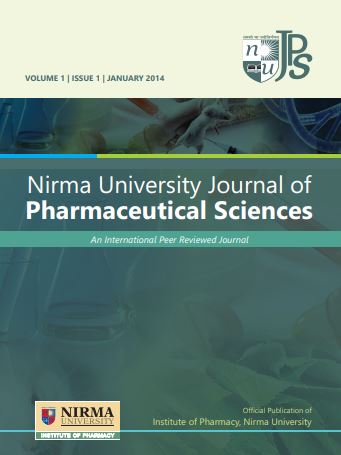STRATEGIES TO IMPROVE PLASMA CIRCULATION OF NANOPARTICLES
DOI:
https://doi.org/10.5281/Keywords:
RES, opsonization, nanoparticles, PEG, long circulating, particle shape, particle size, biomimeticAbstract
There is a tremendous interest in developing long-circulating nanocarriers as treatment and imaging modalities. Enhanced plasma circulation of nanoparticles can improve on-target accumulation and help maintain sustained therapeutic drug levels in the plasma. Nanoparticles, however, are rapidly eliminated from systemic circulation by circulating and stationary macrophages. There have been several approaches devised to overcome this rapid elimination of nanoparticles. Reducing particle size has been shown to reduce opsonization and phagocytic uptake. Particle shape has also been shown to strongly affect the biological interactions of nanoparticles. Coating the surface of nanoparticles with hydrophilic polymers has been one of the most widely used strategies to protect against opsonization. Recent development of facile synthetic approaches has allowed researchers to engineer formulations that mimic blood cells. These strategies have also proven to be successful in producing long circulating nanoparticles. This review provides a brief description of several approaches that have been used successfully to enhance the plasma circulation of nanoparticles.







